How to drain water from a Bosch dishwasher?
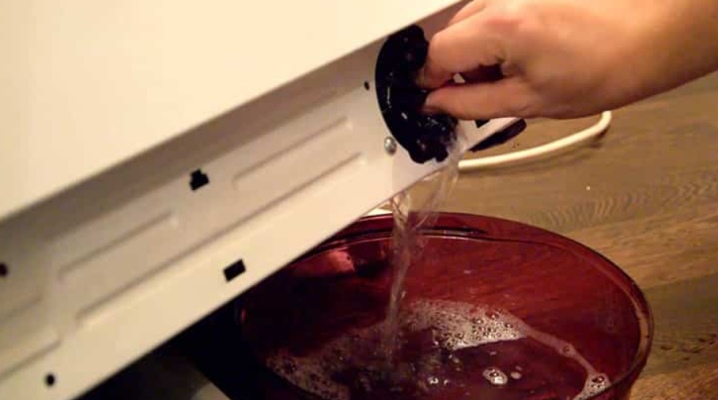
In the dishwasher, as in the washing machine, even after switching off, a little water remains. So that it does not stagnate, experts advise at the end of the work not to close the device tightly, but to leave a gap for ventilation and evaporation of the remaining liquid. But how to proceed if the unit needs to be transported? In our publication, you will learn how to drain excess water using the example of a Bosch dishwasher.
Why do you need to drain the water?
First of all, you will need to drain the water from the dishwasher due to a malfunction, because in this case, the unit may need to be lifted, turned over, and so on. The water is drained carefully, while acting carefully.
If you do not drain the remaining liquid, during repairs, water can drip onto the power board, or moisten the control module, which will add to the existing breakdown the failure of these elements. Yes, and it is unsafe for the master when water gets on the power board: a short circuit may occur, in which the current through the machine body can pierce the master - this is a direct threat to his health.
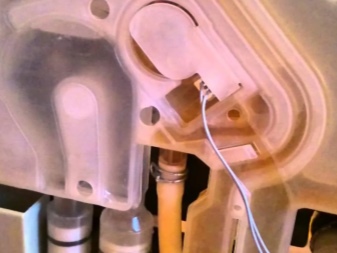
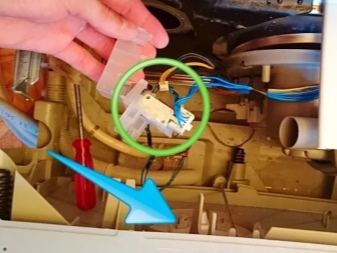
Excess water is also drained to preserve the dishwasher for the winter: this happens when it is used in an unheated room from spring to autumn. But in winter, it is better to refuse to operate the unit in a dwelling where there is no constant heat, so that at low temperatures the water inside does not freeze.
This can lead to rupture of plastic pipes and serious repairs, so in cold weather it is better to forget about the dishwasher if you installed it in a room where there is no heat. The reasons why you need to drain the water from the dishwasher are obvious, and then we will consider in detail how to do this.
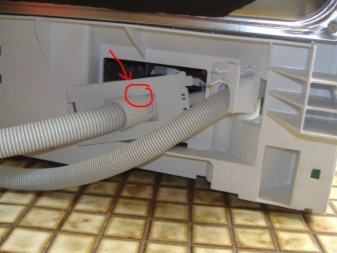
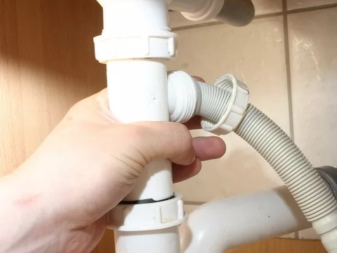
Draining for the winter or during transportation
To dry the dishwasher for repairs, transportation, or for preservation for the winter, a number of steps are taken.
-
At the end of the work, the "Water drain" mode is additionally activated.
-
Next, you need to de-energize the device by unplugging the cord from the outlet.
-
The water supply system to the device is blocked. The connecting hoses are removed.
-
Stock up on unnecessary rags to collect excess moisture. Place them directly on the floor under the right side of the dishwasher.
-
It is necessary to unscrew the trash filter, remove the cover of the salt compartment.
-
The car is gently tilted to the right. The rest of the water will drain onto the rags.
-
If the machine needs to be moved to a different, warmer room, it can now be transported. There it should be left open for ventilation and moisture evaporation.
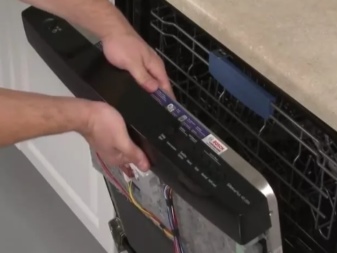
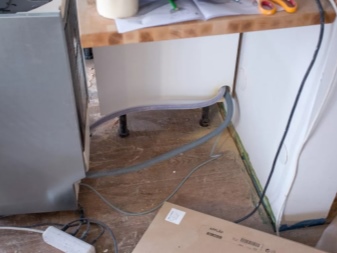
And if you leave her in the same room, then you can be sure that nothing terrible will happen to her: now she is not afraid of frost. Nevertheless, it is better to choose a dry, well-ventilated room until spring for storing the dishwasher (in case of its temporary suspension due to seasonality).
Draining water when preserving the dishwasher for the winter is a mandatory procedure: it does not require much effort and time, but you need to pay attention to this moment. But, having done the job, you can be calm that in the spring the unit will start working again.
If you need to transport the dishwasher to another location, then also free it from excess water so that it does not "flow" during transportation. Make sure there is no water in the hoses, wash cabinet or other compartments.
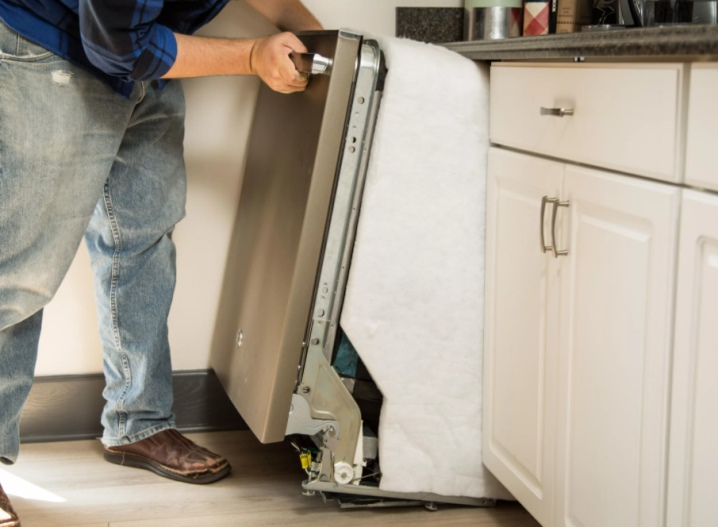
What to do in case of a breakdown?
If the “Water Drain” program does not work, and the machine itself does not discharge water, it is better not to use the forced method.Of course, the dishwasher can also be tilted to the right side, but in the absence of a general drainage mode, no rags will save you, since the entire stream of water will rush onto the floor.
In addition, in this case, water will flood the power board. But there is a way out. Consider how to act in the event of a breakdown.
-
Disconnect the dishwasher from the sewage system, water supply system, disconnect the unit from power.
-
Open the door, remove the lower tray (basket) and pull out the debris filter.
-
Unscrew the plug from the compartment where the salt is poured.
-
Next, you need a basin, a tube from the dropper system and the most common syringe (preferably a larger one). One end of the tube is connected to a syringe, the other is inserted into the reservoir where the salt is stored.
-
The syringe is only needed to start the process of draining the water. Then it must be removed from the tube, lower the end of the tube into a basin, where water should be poured by gravity from the reservoir of the ion exchanger.
-
Next, we perform the same procedure at the location of the trash filter. We lower one end of the tube into the niche where the filter is located, and pump out the moisture from there.
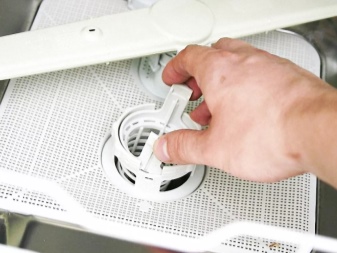
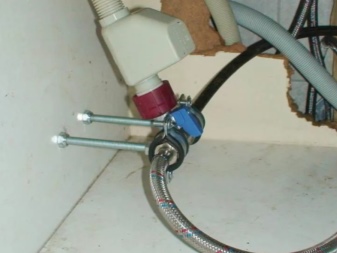
With the help of medical technology (a syringe and a dropper tube), it is possible to remove all the water. But it is still better to leave the unit open, only a day later to start repairing or transporting it.
But it is not always necessary to resort to forced draining of water. We must first diagnose and find out the cause of this malfunction. Often, the "home assistant" fails due to a clogged dust filter.
When the owners of the Bosch dishwasher neglect the rules for using the equipment, load dishes with food residues into it after eating, the filter quickly clogs up, circulation stops, and draining is impossible. In this case, rolling up your hand, you need to open the machine, get to the filter, remove and rinse it, and also clean the mesh plate. The elements are cleaned with a cleaning agent under running water with a brush. Then check the sprinklers, they may be clogged too - if so, clean them too.
Make sure that there are no food residues or other dirt in the dishwasher and on its elements.
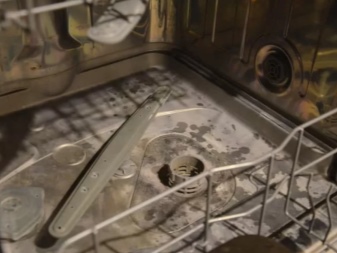
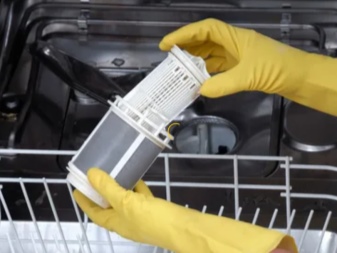
Reinstall the elements and turn on the drain mode. If the water leaves the washing chamber, then only the droplets will have to be dried. But if after the "general cleaning" of the filter the dishwasher does not work, then the breakdown is more serious, and you will have to call the master.
In this case, water circulation may not occur due to problems with the pump, the water flow sensor, as well as the control module and the failure of the pump responsible for the circulation. Self-repair without experience is not a guarantee of correcting the state of affairs, it is better to entrust your "assistant" to professionals.
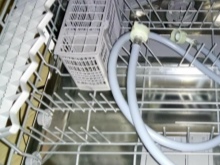
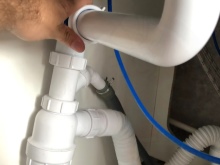
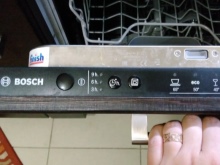
That is, it is one thing to carry out a forced drain in order to repair it, move it to another place or mothball it for the winter, and another thing is to interfere with the work of the structure.
It is better to give the latter to specialists in their field, to craftsmen who specialize in troubleshooting automated household appliances.

See below for how to drain the dishwasher.













The comment was sent successfully.